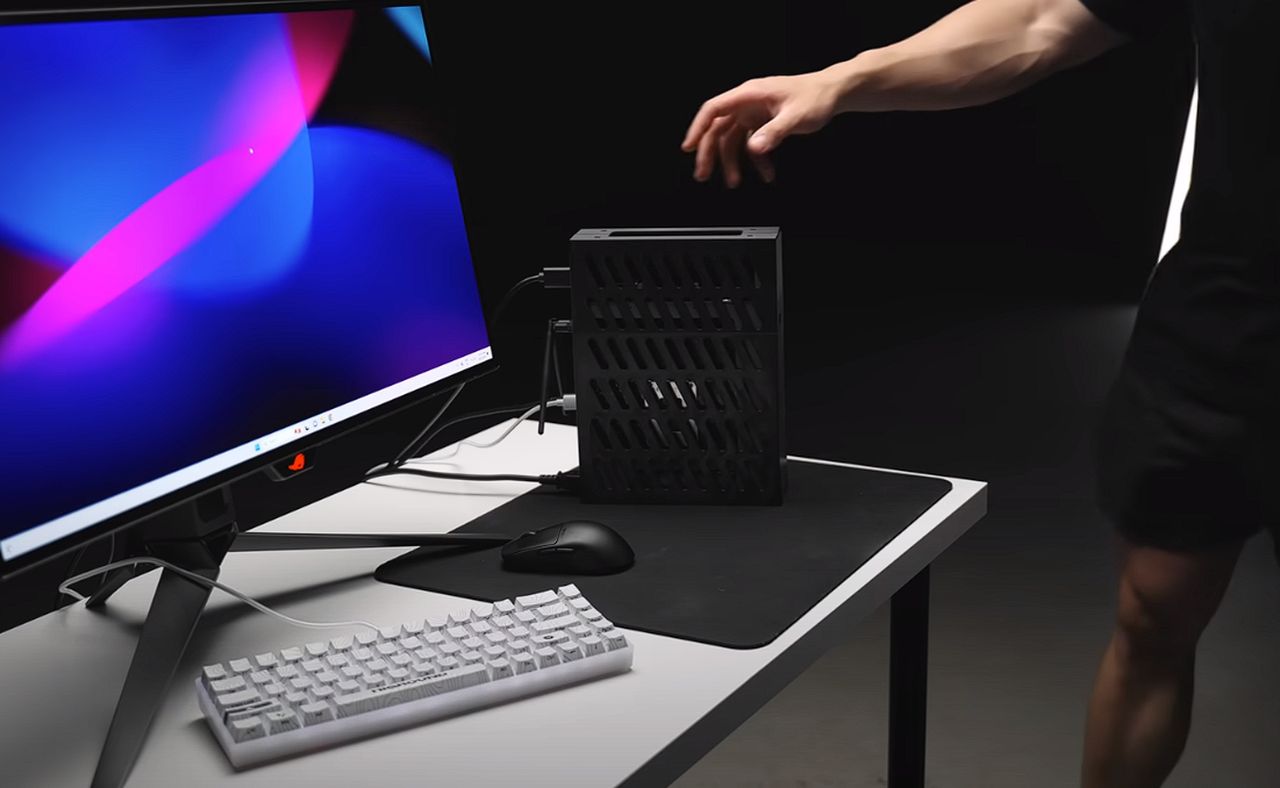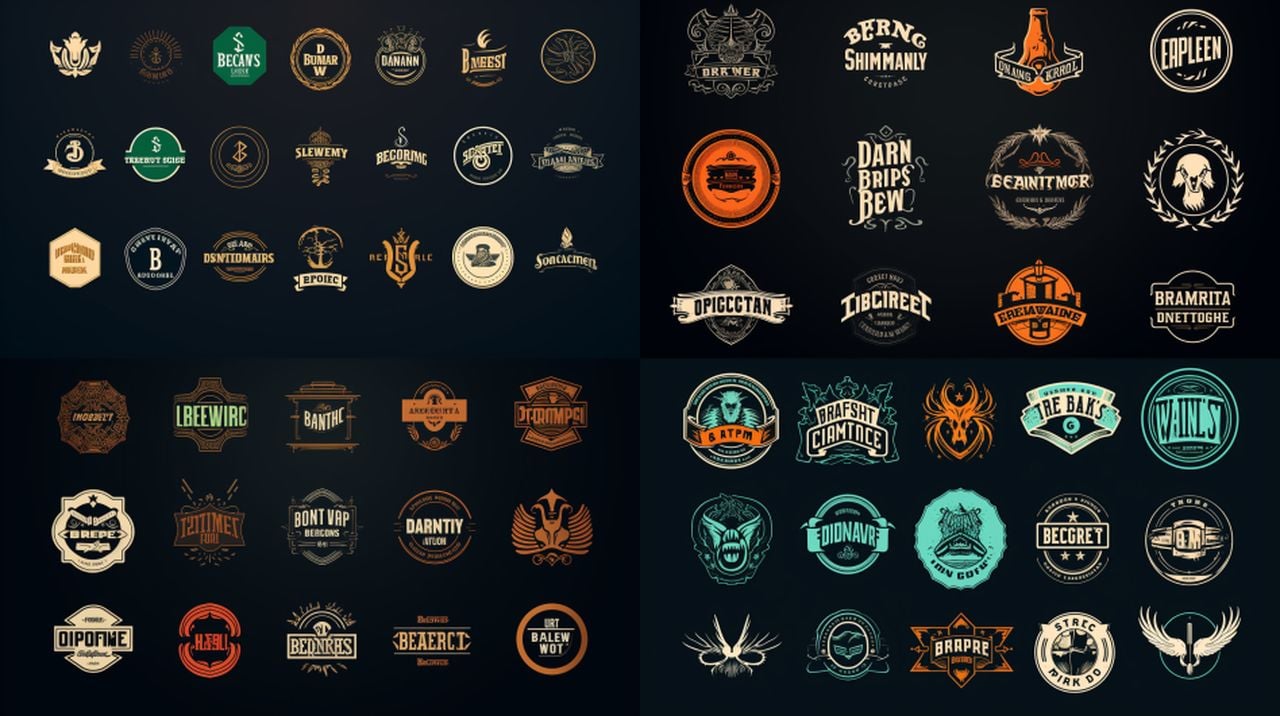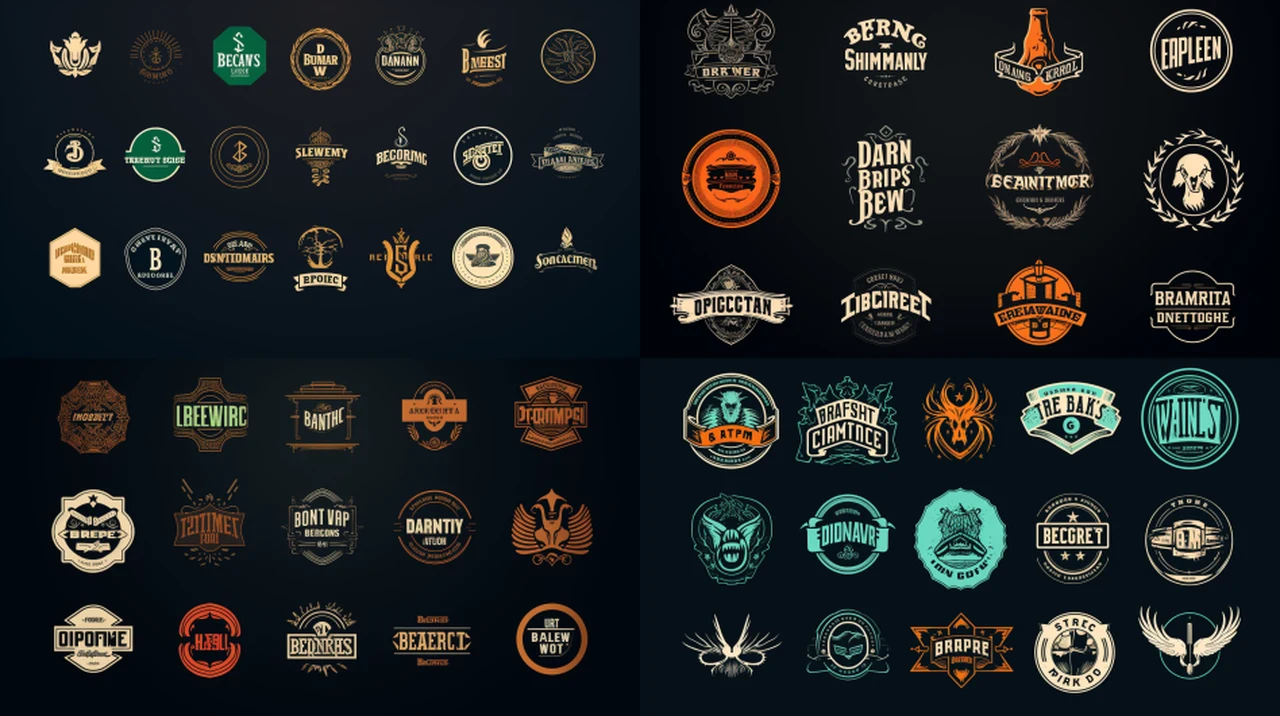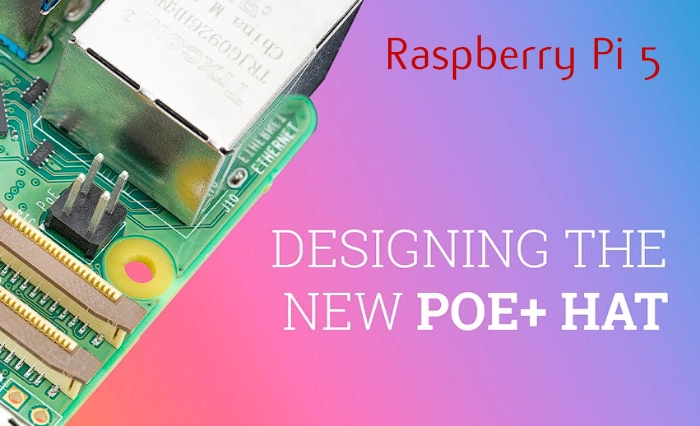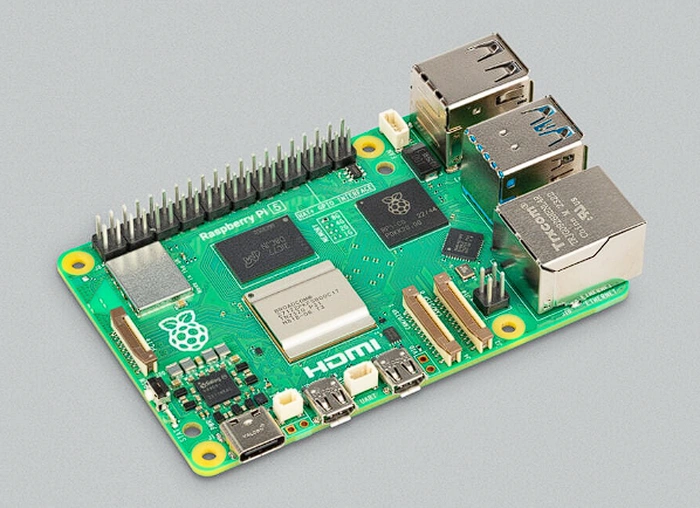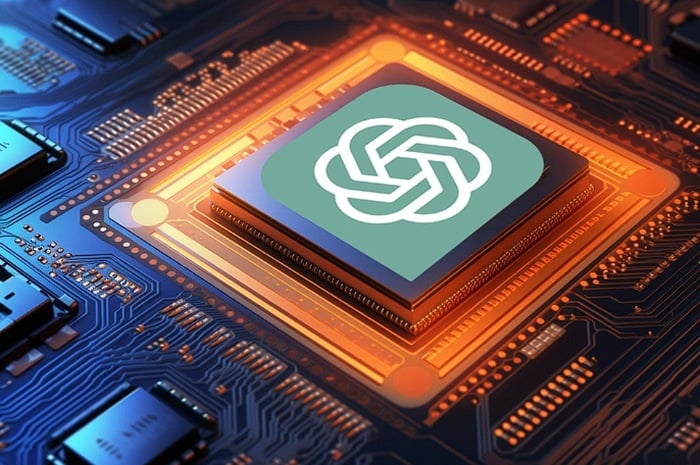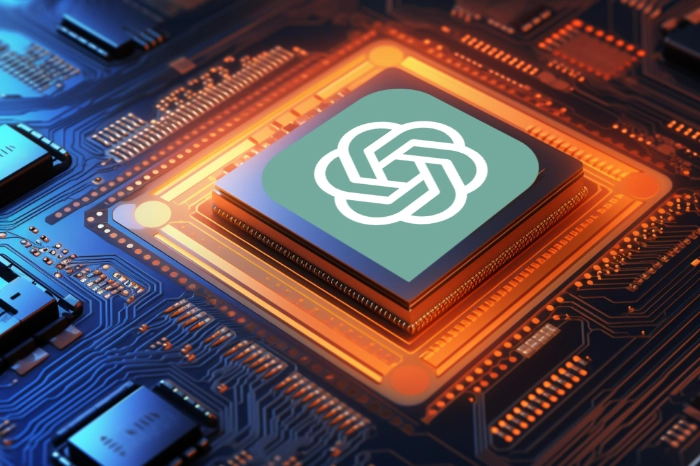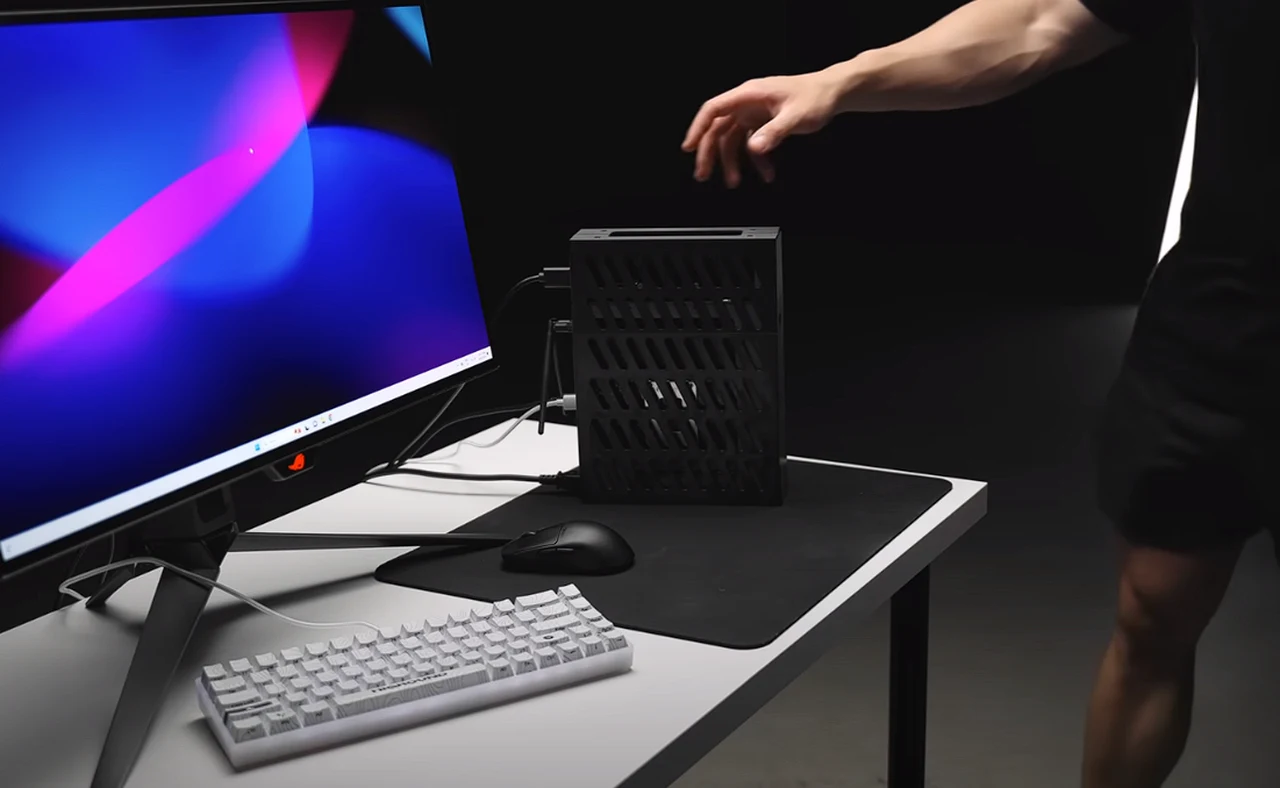
In the world of PC gaming, enthusiasts are constantly pushing the boundaries of what’s possible. The latest trend is to pack the punch of a high-performance gaming system into a space no larger than a shoebox. This quest for compact power is not just a display of technical skill but also a reflection of the creativity that thrives within the gaming community.
At the heart of this latest project by custom PC maker Optimum is the goal to build an incredibly small gaming PC that doesn’t compromise on speed or quality. Optimum took on the challenge of shrinking the traditional gaming setup while ensuring it can still handle the most graphically intense games on the market. The key component in the miniature gaming machine is the RTX 4060 graphics card. Despite its small size, this card is a beast, capable of delivering the smooth, high-resolution gameplay that gamers crave. It’s an essential piece of the puzzle, allowing Optimum to maintain a tiny footprint without losing out on performance.
Another critical element is the motherboard. Optimum chose an ITX motherboard, which is renowned for its compact size. This board comes equipped with specially designed heat sinks that are low-profile, ensuring that our system remains slim and sleek while also keeping the heat down.
World’s smallest gaming PC
Here are some other articles you may find of interest on the subject of gaming
Cooling is a major concern in such a small system, and Optimum addressed this with the Alpenfohn Black Ridge CPU cooler. It’s a compact cooler that’s surprisingly effective at managing heat, ensuring that the world’s smallest gaming PC stays cool even when the gaming action heats up.
Powering the tiny PC system is the HDPLEX ATX power supply, a 250W unit that’s impressively small and passively cooled. This means we don’t need to add extra fans, which helps us keep the size of our gaming PC as small as possible.
The innovation doesn’t stop with the internal components. Optimum also designed a custom PC case using 3D modeling to ensure every inch of space is used efficiently. Optimum chose ABS filament for the 3D printing because it’s more heat-resistant than PLA, reducing the risk of melting under high temperatures. Optimum even paid attention to the small details, like the mechanical key switch for the power button. It’s a small touch, but it adds a satisfying click and ensures the system is built to last.
Ventilation is key in a compact build, and Optimum strategically designed vents to keep cool air flowing in and hot air flowing out. This helps prevent overheating, which is crucial in a tightly packed space. The design of the PC isn’t just about function; it’s also about form. Optimum created a case that’s not only technologically advanced but also visually appealing, making a statement on any gamer’s desk.
This project by PC maker Optimum is more than just creating a small gaming PC. It’s about inspiring a wave of innovation, encouraging gamers and builders to think differently about the size of their rigs. It’s about proving that you don’t need a giant tower to experience top-tier gaming. It’s about setting a new standard for what’s possible in compact computing and inviting others to join us in this exciting journey. If you have built any similar small form factor gaming PCs please drop a link in the comments below.
Image Credit : Optimum
Filed Under: DIY Projects, Gaming News, Top News
Latest timeswonderful Deals
Disclosure: Some of our articles include affiliate links. If you buy something through one of these links, timeswonderful may earn an affiliate commission. Learn about our Disclosure Policy.

